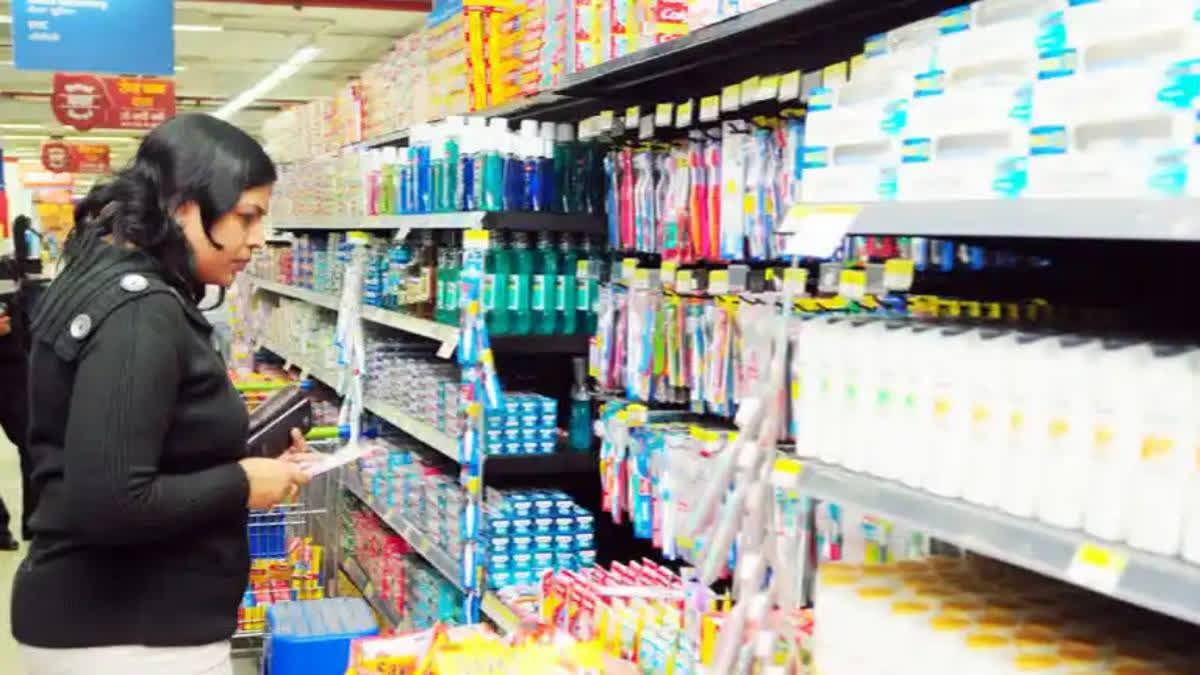Kolkata: The commodity cost basket fell by 1.8 per cent in FY24 compared to FY23, which has softened the inflation and prompted the FMCG companies to undergo price cuts. This has raised the hope of an increase in consumption in FY25 for FMCG products, particularly in rural areas, where they are lagging. A Motilal Oswal report released on Tuesday said, “High inflation in the past two years greatly impacted mass segment consumption, particularly FMCG products in rural areas. Slow income growth and high inflation reduced the desire to consume. However, with softer inflation and FMCG price cuts, the income-to-cost balance has improved gradually. Macro indicators suggest a steady improvement, leading to anticipated volume growth from FY25 to FY26.”
The rural recovery narrative continues in Q4 2023, particularly in habit-forming categories like biscuits and noodles. Average pack sizes in rural areas are on the recovery path, with a growing preference for larger packs. A Nielsen IQ report released recently indicated that for the first time in 2023, the consumption gaps between urban and rural markets are narrowing down, with rural areas witnessing a commendable 5.8% growth, closely approaching the urban growth rate of 6.8%. The North and West regions are crucial contributors to this harmonious development.
The positive impact of the interim Union Budget 2024-25, focusing on rural economic boosters, is expected to amplify this trend, presenting opportunities for companies strategising in rural markets, the report said. In the non-agricultural basket, crude oil prices were up 2.0% year-on-year while they were down 1.8% quarter-on-quarter. However, the prices have been range-bound for the last 30 days at around USD85/bbl. The recent increase in prices was due to ongoing uncertainty in the global market and the expected extension of voluntary production cuts by OPEC.
Prices of vinyl acetate monomer, which is used in many industrial sectors, have also witnessed a sharp correction. The prices are down by 7 per cent year-on-year. Prices of titanium dioxide, which is used by the paint industry, have declined by 13.1 per cent year-on-year.
In the agricultural basket, maize prices rose 3.9% Y-o-Y and could rise further as demand increases amid supply shortages and the government’s plan to procure the commodity for ethanol production. Due to unseasonal rainfall, shortage of labour and increase in demand, coffee inflation has hit double digits Y-o-Y at 15.3%.
Tea prices have seen a substantial decrease in low export demand and sluggish rural consumption. Tea prices decreased by 10.2% YoY. Wheat prices increased 2.6% YoY as the government continued to support farmers by raising MSP. However, the prices declined by 2.4% Q-o-Q. Barley prices declined 25.1% YoY. Sugar prices increased by 10.8% YoY but declined 3.6% QoQ. The current price stands at INR3,800/quintal. Mentha oil prices were down 18.7% YoY. Palm oil is a key raw material for soap companies and, to some extent, food players. Malaysian palm oil prices increased 7.9% QoQ but marginally declined 1.2% YoY.
Read more: Amul Becomes India's Largest FMCG Brand By Achieving Turnover Of Rs 72,000 Crores



